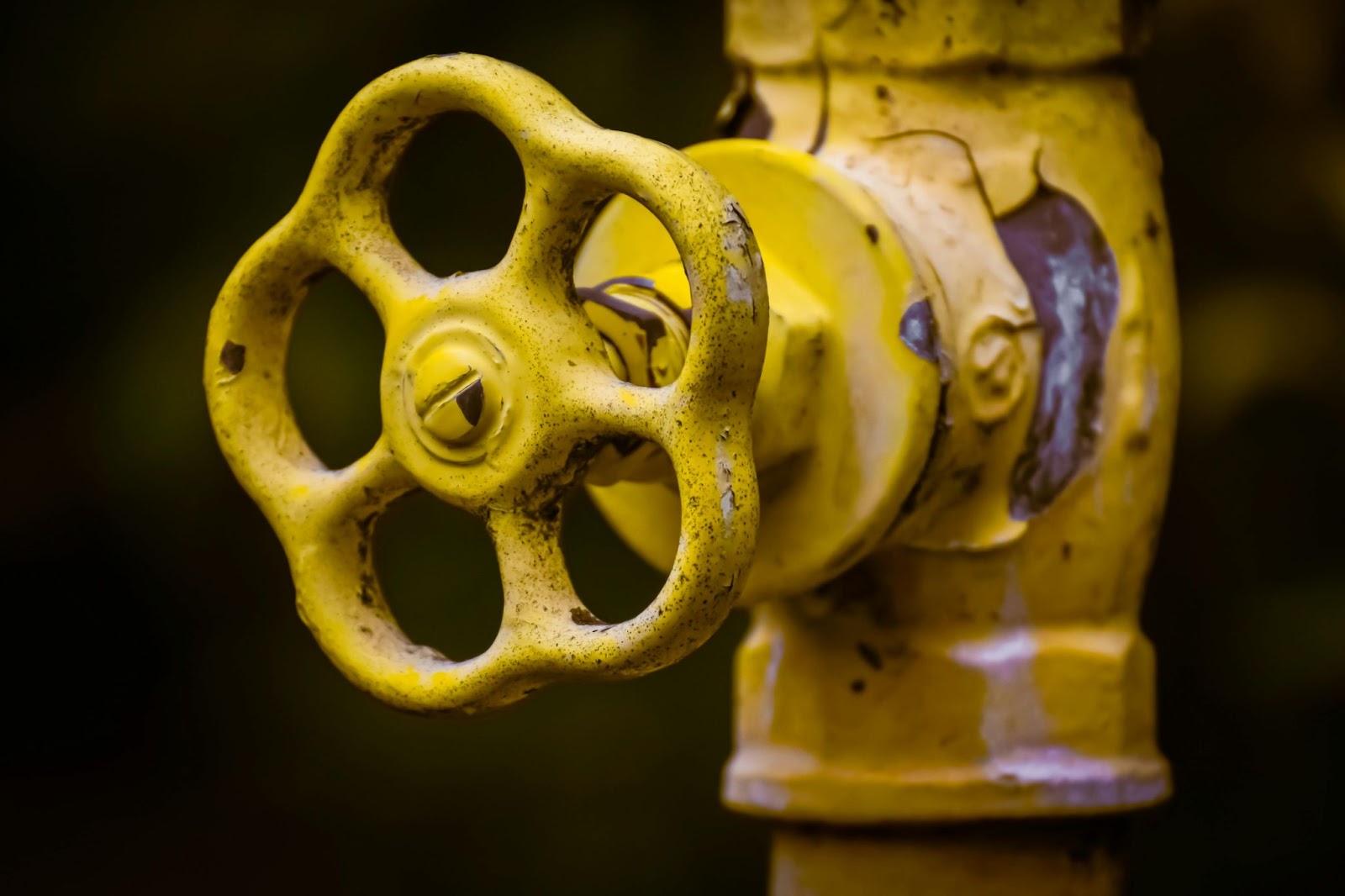Table des matières
BasculerThe primary difference between a wafer check valve and a flanged check valve lies in their installation methods.
Wafer check valves are sandwiched between flanges, offering a compact design for space-limited applications, while flanged check valves bolt directly to flanged piping, providing a more secure connection.
Both valves serve similar purposes but vary in installation and design, catering to different operational requirements and space constraints.
What is the difference between a wafer check valve and a flanged check valve?
The main difference between a wafer check valve and a flanged check valve is how they’re made and put in.
Clapets anti-retour à plaquettes are slim and light, fitting between two flanges in a pipe. They’re good for tight spaces or when weight matters.
Flanged check valves, also called flange insert check valves, are compact valves for flanged pipes.
They range from small to big and are bolted between flanges, which is a bit more complicated than installing wafer check valves.
Wafer check valves save space and seal well, making them good for fast-flowing situations.
Flanged check valves might slow down flow because of the valve body, which limits the disc’s movement, affecting how well the valve works.
Wafer Check Valve and Flanged Check Valve: Similarities and Differences
Wafer check valves and flanged check valves are both types of check valves used in piping systems to control the flow of fluids.
Despite serving similar functions, they have distinct designs and installation methods.
Similarities
Functionality: Both wafer check valves and flanged check valves are designed to allow fluid flow in one direction while preventing backflow.
Conception du clapet anti-retour: They both feature a hinged disc or flap that opens in the direction of flow and closes to prevent reverse flow.
Matériel: Both types of valves are typically made from durable materials such as stainless steel, cast iron, or PVC, depending on the application requirements.
Differences
Conception: Wafer check valves have a slim profile and are designed to fit between two flanges in a pipeline.
In contrast, flanged check valves have a more robust design and are installed by bolting between flanges.
Installation: Installing a wafer check valve involves sandwiching it between two flanges, while a flanged check valve requires bolting it directly to flanged piping.
Application: Wafer check valves are suitable for applications with space or weight limitations due to their lightweight and compact design.
Flanged check valves, on the other hand, are commonly used in-line and vary in size from small to large, making them suitable for a wide range of piping systems.
Where Wafer Check Valve and Flanged Check Valve Are Commonly Used
Wafer Check Valve Applications
#1: Systèmes CVC – Wafer check valves are commonly used in heating, ventilation, and air conditioning (HVAC) systems to prevent backflow in water and air lines.
#2: Usines de traitement de l'eau – They are also utilized in water treatment plants to maintain the flow of treated water in the desired direction.
#3: Industrial Processes – In various industrial applications, such as chemical processing and manufacturing, wafer check valves help regulate fluid flow and prevent damage to equipment.
Flanged Check Valve Applications
#1: Municipal Water Distribution – Flanged check valves are often used in municipal water distribution systems to prevent water hammer and backflow.
#2: Industrie du pétrole et du gaz – They find applications in the oil and gas industry for controlling the flow of crude oil, natural gas, and refined petroleum products.
#3: Power Generation Plants – Flanged check valves play a critical role in power generation plants to maintain fluid flow in boilers, condensers, and other equipment.
Clé à retenir
While wafer check valves and flanged check valves serve similar functions as check valves, their differences in design and installation make them better suited for specific applications.
Wafer check valves are preferred for space-constrained installations, while flanged check valves offer robustness and versatility in a wide range of piping systems.
Understanding their similarities and differences helps in selecting the most suitable valve for various industrial and commercial applications.










